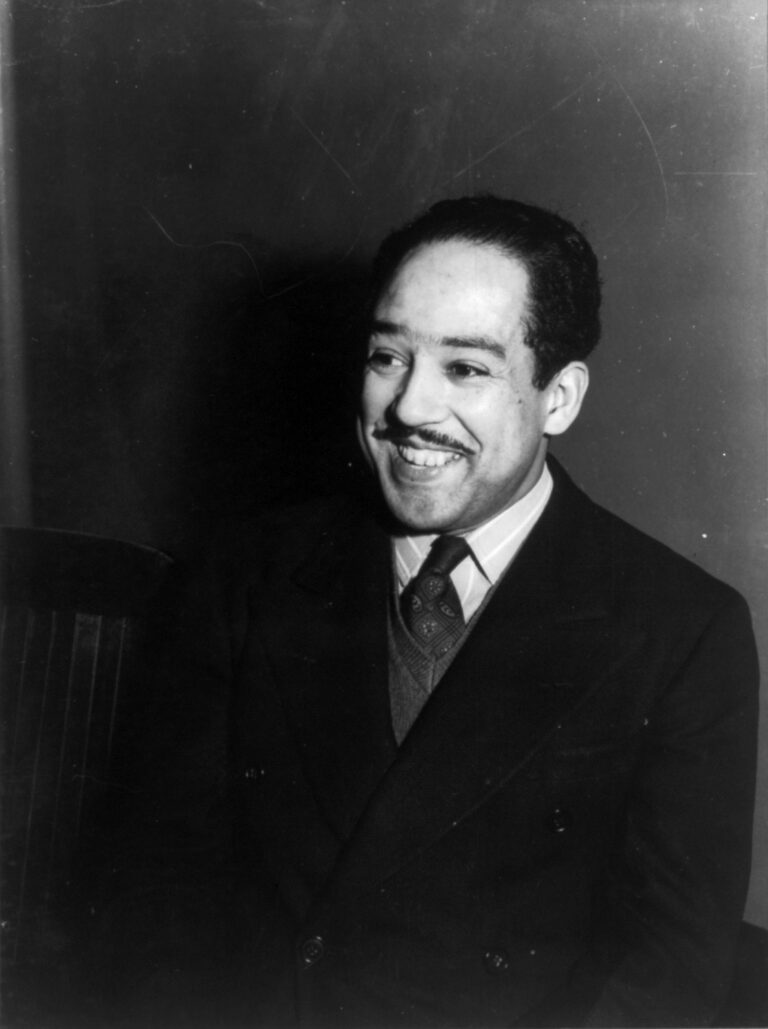The Art of Storytelling: Langston Hughes
In our continuing series on “The Art of Storytelling,” we’ve journeyed through the narratives of luminaries who’ve masterfully woven the fabric of their experiences, cultures, and imaginations into storytelling. It’s an honor to now delve into the legacy of Langston Hughes, a pivotal figure whose poetic voice became a cornerstone of the Harlem Renaissance and a beacon for the African American experience.
Langston Hughes: A Storyteller’s Storyteller
Langston Hughes was a towering figure in American literature, known for his prolific output and for the depth and breadth of his influence. He rose in prominence during the period known as the Harlem Renaissance — the emergence of black intellectual, literary, and artistic life that took place in the 1920s across urban America, particularly in Harlem. He focused on lived experience as the basis for his unique storytelling, resulting in a vibrant tapestry of jazz rhythms, social commentary, and a profound exploration of the human condition. Hughes had the unique ability to distill complex emotions and societal truths into accessible poetry, stories, and plays, making him a true artisan of the narrative form.
Embracing the Human Experience
Hughes’s storytelling was deeply rooted in the African American experience, capturing its joys, sorrows, and resilient spirit. He celebrated black culture in his work, took a defiant stance against racial injustice, and shared a heartfelt portrayal of the everyday lives of black Americans. Through his famous jazz poetry, Hughes incorporated the rhythms and improvisations of jazz music, creating a dynamic and immersive narrative style that resonated with a wide audience.
The Power of Simplicity
Hughes used simple, yet profound language when he wrote, which became one of the hallmarks of his storytelling style. He believed that the power of clarity and accessibility would enable his stories and poems to speak directly to the heart. This simplicity was one of his greatest strengths, allowing him to convey deep emotions and complex societal critiques in a way that was both relatable and moving.
His approach to message, language, and cadence are powerfully rendered in the poem entitled, “I, Too,” which was published in Hughes’ first volume of poetry, The Weary Blues in 1926. To read this poem, and other examples of Hughes’ work, visit the Poetry Foundation.
Legacy and Inspiration
Langston Hughes’s legacy is a testament to the enduring power of storytelling to effect change, build community, and celebrate culture. His work continues to inspire new generations of storytellers, poets, and artists who see in Hughes a model for using narrative as a tool for social commentary, cultural affirmation, and personal expression.
For us at Sage Collective, Hughes’s storytelling is a reminder of the profound impact that stories can have on our understanding of ourselves and each other. His life and work encourage us to explore our own narratives, to find beauty in our experiences, and to share our stories with the world.
Inr Langston Hughes’ work, we are reminded of the transformative power of storytelling. His ability to capture the essence of the human spirit, to challenge societal norms, and to celebrate the richness of the African American experience is a beacon for all who believe in the power of words to shape our world.
Let us take inspiration from Hughes’s example, weaving our own stories with honesty, empathy, and a deep appreciation for the diverse tapestry of human life.

